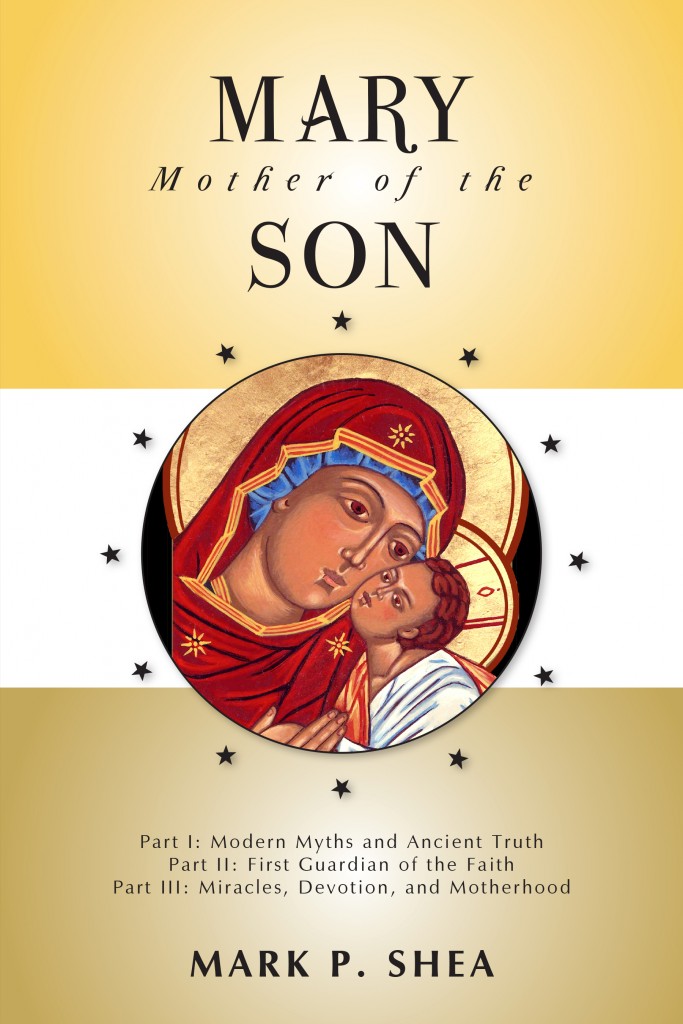Some Protestants will point to the fact that the Eastern tradition doesn’t care about the Immaculate Conception to argue that this proves Mary is sinful and the Catholic Church just cooked her sinlessness up from thin air.
In fact, however, the Immaculate Conception is the answer to a question the Western Church asked and the Eastern Church didn’t: namely, if original sin is true, then how can Mary be sinless? It asks this question because *all* apostolic Churches, east and west, profess Mary’s sinlessness and always have.
The Western Church got more fine-tuned on what “All have sinned in Adam” means, and then had to figure out how Mary could therefore be sinless as the Tradition of the Church had always held. So the Western Church naturally came up with an answer while the Eastern Church basically didn’t worry about it.
The Eastern Church, in short, affirms the sinlessness of Mary just as much as (indeed, more) than Rome does. (Just attend an Eastern liturgy and you will be overwhelmed by the Marian piety, whereas most Western Marian piety tends to be expressed in private devotions like the Rosary.) But the Eastern Church is content with the far more important fact that Mary is Panagia, All Holy, etc. (i.e., sinless) and leaves to God the question of how she got that way. It’s really a difference of emphasis rather than a fundamental difference in theology. Compared to many Protestant views of Mary as a sinner, Catholics and Orthodox are practically indistinguishable.
For a really thorough discussion of the development of the Church’s doctrine of the Immaculate Conception (as well as that of other Marian doctrines and devotions) see my Mary, Mother of the Son.











